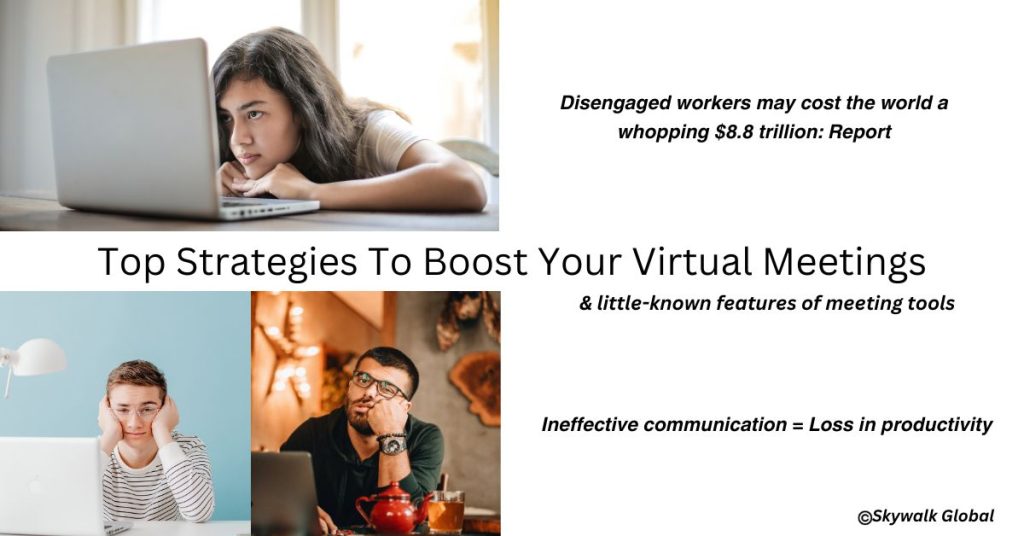Dos and Don’ts of Asking Questions as a Candidate or Hiring Manager
Interviews are the most valuable feat of the hiring process. According to the Bureau of Labor Statistics, it takes around 10 applications for 47% of candidates to get an invitation for one or two job interviews. It is important to note that interviews are a two-way street. Candidates are expected to interview hiring managers as much as they are interviewed to assess whether the job would be a good fit. Most hiring managers consider it detrimental if a candidate does not ask questions as it shows disinterest or low confidence. Therefore, it’s crucial to not only get the answers right but also to ask the right questions.
Dos and don’ts of asking questions for candidates:
- Do research about the company and ask questions that show you are genuinely interested in the job. Don’t ask questions that could be easily answered through an internet search.
- Do ask about the specific expectations for the role, including short-term and long-term goals. Don’t assume you have the job or discuss plans as if you’re already hired.
- Do ask about key performance indicators or metrics for success in the role. Don’t ask about salary and perks too early in the interview process.
- Do ask about the company’s current challenges or areas for improvement. Don’t ask negative or personal questions about the company, team, or management.
- Do ask about the interview process and timeline since it’s fair to seek feedback on how well your skills and experiences match the company’s goals. Don’t appear impatient or pushy. Let the interviewer lead the talks and provide opportunities for you to ask questions.
- Do express enthusiasm for the role and the opportunity to contribute to the company’s success. Don’t turn your questions into monologues. Keep them focused to allow for a natural flow in the conversation.
Sample questions for candidates:
- Can you provide more details about the day-to-day responsibilities of this role?
- Could you elaborate on the company’s vision, team’s composition and how this role fits into it? What qualities are you looking for in a candidate?
- In my previous role, I implemented a new system that led to a 20% increase in efficiency. Can you share a specific challenge the team is currently facing?
- Is there anything in my background or interview responses that you would like me to elaborate on or clarify?”
- What is the timeline for the hiring process, and what are the next steps?
Dos and don’ts of asking questions for hiring managers:
According to a survey by SHL labs, negative experiences during a job interview caused 42% of respondents to refuse a job offer. It was because the interviewer was rude, had limited knowledge of job requirements, or asked irrelevant questions. Competition for talent is quite steep, and it’s easy to lose a top-tier candidate if you don’t get the basics right as an interviewer.
Here are some dos and don’ts that will help you create a positive impression of you and your organization:
- Do understand the role requirements and prepare a list of unique, job-related questions in advance to ensure a structured interview. Don’t ask questions, which could be considered personal, discriminatory, or illegal.
- Do start with friendly, open-ended conversations to help candidates feel at ease. Don’t take too much time talking about yourself and direct questions back to the candidate.
- Do try to understand why they left their previous job. Don’t get into too much detail or make the interview a repetition of the resume.
- Do ask follow-up questions to dig deeper into a candidate’s responses, seeking specific examples and technical details. Don’t go for too many yes/no questions or suggest a preferred answer.
- Do consider using the STAR method (Situation, Task, Action, Result) for behavioral questions to evaluate soft skills and team spirit. Don’t ask too many questions in rapid succession, give candidates time to form thoughtful responses.
- Do encourage candidates to ask questions, as it provides valuable insights into their priorities and concerns. Don’t let personal biases influence your questions or responses and communicate about the timeline of the interview process.
Sample questions for hiring managers:
- How do you usually approach problem-solving in a team environment?
- This job involves working on cross-functional projects. Can you share an experience where you successfully collaborated with colleagues from different departments?”
- Can you provide more details on your experience of working with recent technologies?
- Can you walk me through a situation where you had to lead a team to achieve a common goal?
- Do you have any questions for us or anything you’d like to know about the team or the company?”
This information put together by Skywalk Global will help you nail all interview processes in 2024 and beyond. All the best.
(Shivangi Singh is a writer with Skywalk Global)
















 Staff transfer
Staff transfer